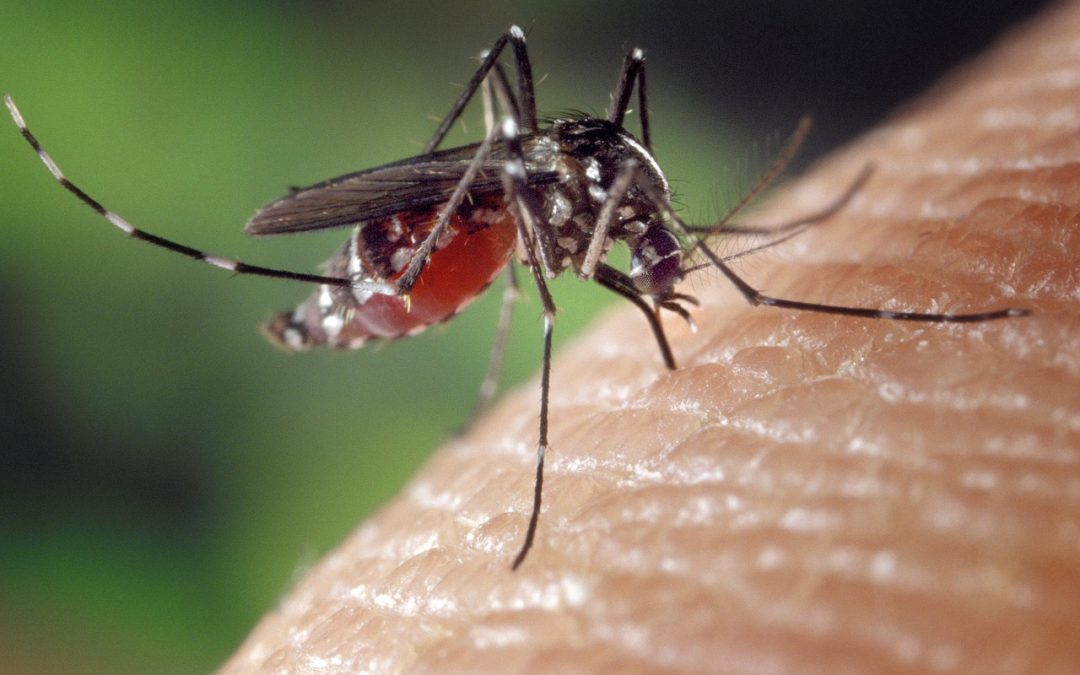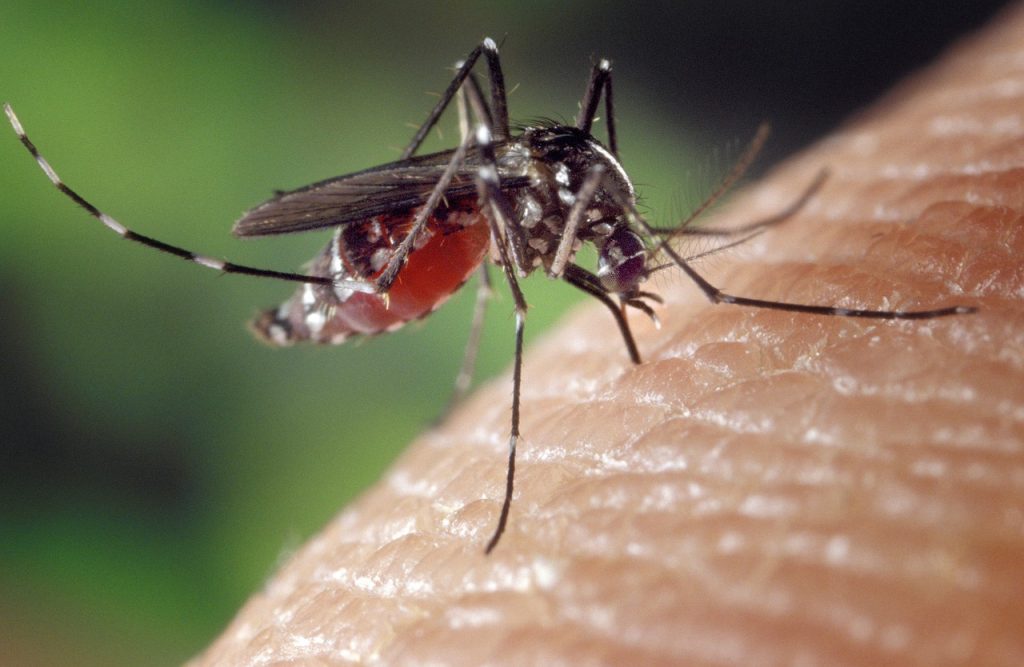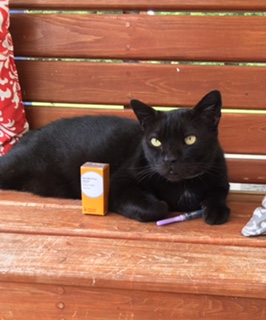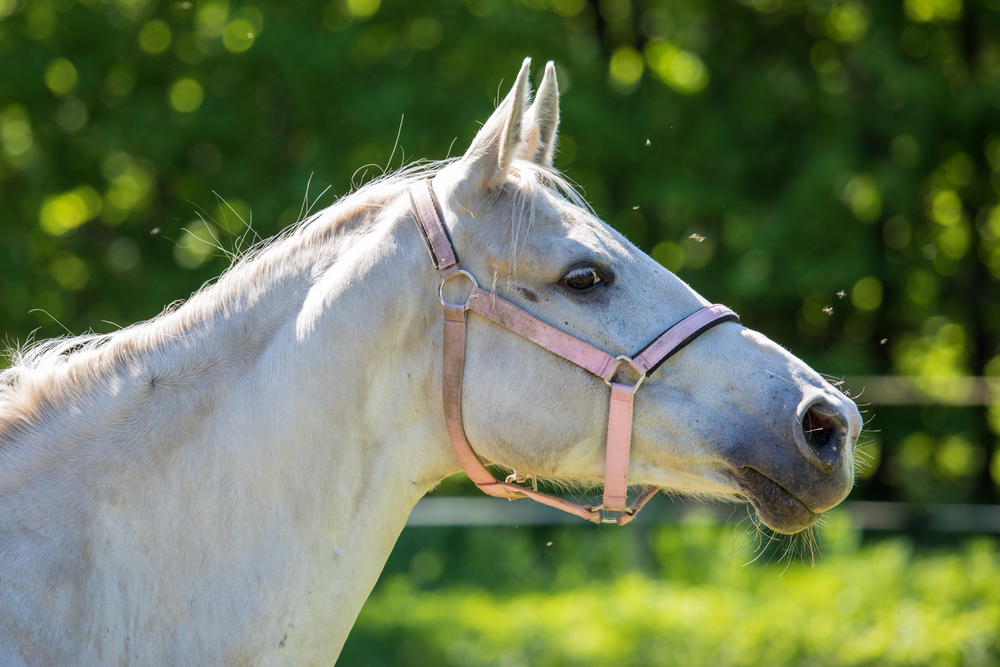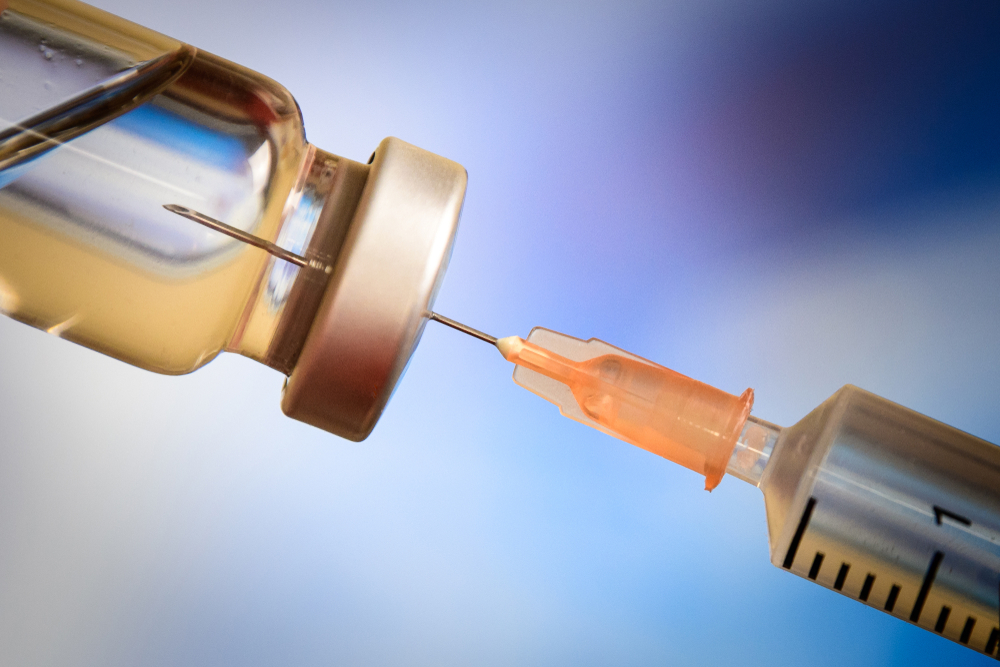
Equine Core Vaccines and What They’re For
Whinny’s Wisdoms

Hey everybody, it’s your favorite clinic mouse Whinny here! Everyone knows their horses need to be vaccinated, but not everyone knows what we’re vaccinating for, and why it’s so important to stay on schedule. The health and longevity of our equine friends is a priority for every responsible horse, pony and donkey owner, so today we’re going over the core vaccines.
Core vaccines, designed to protect against specific and potentially life-threatening diseases, play a crucial role in achieving this goal. There are five key core vaccines for horses: Eastern Equine Encephalitis (EEE), Western Equine Encephalitis (WEE), Tetanus, West Nile Virus (WNV), and Rabies.

- Eastern Equine Encephalitis (EEE) and Western Equine Encephalitis (WEE): EEE and WEE are viral diseases transmitted by mosquitoes that affect the central nervous system of horses. Symptoms of both diseases can start with a fever and lead to severe neurological symptoms, emphasizing the importance of vaccination. Neurologic symptoms can range from severe onset of stumbling, depression and seizures. Unfortunately in the case of EEE cases are often fatal. Vaccination against EEE and WEE is vital, especially in regions where mosquitoes are prevalent and should be boostered every 6 months after they have had their primary vaccination series as a foal.
- Tetanus: Tetanus is caused by the bacterium commonly found in the soil, Clostridium tetani, and is contracted through wounds or injuries. Tetanus can result in muscle stiffness, difficulty swallowing, and even death. Tetanus vaccination is a cornerstone in equine healthcare, preventing this potentially fatal disease. Boosters are typically administered every 6 months.
- West Nile Virus (WNV): WNV is a mosquito-borne viral infection affecting the central nervous system. Infected horses often have a fever and may exhibit neurological signs, such as incoordination, circling, muzzle twitching and others. Vaccination against WNV is recommended, particularly in areas where the virus is prevalent. Biannual boosters help maintain protection.
- Rabies: Rabies is a viral disease that affects the central nervous system and is zoonotic. A disease being zoonotic means that it poses a risk to humans. Rabies symptoms can be varied, especially in equines and the disease is almost universally fatal. Unlike in dogs where rabies presents with excess salivation and aggression, in horses symptoms can be as non-descript as colic, lameness or depression. Rabies vaccination is essential for both equine and human health. Horses should receive regular yearly boosters as part of a comprehensive vaccination plan.
Whinny Wisdom: The EEE vaccine is nearly 100% effective at preventing the disease, but only for six months. If you have mosquitos for more than six months a year, your horse needs two boosters every year! Horses can get EEE seven months after their last vaccine, so there’s no grace period.

Core vaccines are critical in protecting against preventable diseases in horses. By adhering to a well-rounded vaccination protocol on a regular schedule, horse owners contribute to the overall health and longevity of their equine companions. And take it from this mouse: it’s the cheapest and most effective thing you can do to protect your horse.
If you aren’t already signed up, you might want to consider the 2024 Springhill Equine Veterinary Clinic Wellness Plan, which includes these core vaccines as well as Rhino and flu, depending on what your horse’s risk is, a dental float, Coggins, a Wellness exam, fecal egg count, and all emergency fees waived for the year! It’s a great program. In addition to bundling and saving, you also don’t have to remember when your horses are due for vaccines: we’ll track that for you and call to schedule when it’s time! Wellness Plans are the cheapest part of horse ownership, and arguably the most important. Set your horses up for a successful 2024! Click here to go to the Wellness Page of my website to sign up, or call our office today! 352-472-1620.
Until next week,
~Whinny
P.S. I’m trying to get to 1,000 subscribers by the end of the year. If you haven’t done so already, help a little mouse out and subscribe to her blog! It’s super easy, you just scroll down to the big purple box and put your email address in. I promise I won’t email you anything besides my blog, and that will make sure you don’t miss out on any of my Wisdoms!
P.P.S. (Yes, it’s a two-fer! Get it?!) Are you looking for a stocking stuffer for your favorite horse person? The Adventures of the Horse Doctor’s Husband series (3 books so far) is a great gift idea! And if you have a young person in your life who’s thinking about becoming an equine vet, you can support them with our wonderful handbook called How to Become an Equine Veterinarian: A Guide for Teens. It’s age appropriate for 12-25, and covers everything they need to do through middle school, high school, and college to become a great candidate for vet school. And as my humans say all the time around here, the world needs more equine vets! You can find book details and links to purchase over on the Books Page of my website, or just click on the image below. After you subscribe, of course!
 Whinny’s Wisdoms is the official blog of Whinny the Clinic Mouse at Springhill Equine Veterinary Clinic in Newberry, Florida. If you liked this blog, please subscribe below, and share it with your friends on social media! For more information, please call us at (352) 472-1620, visit our website at SpringhillEquine.com, or follow us on Facebook!
Whinny’s Wisdoms is the official blog of Whinny the Clinic Mouse at Springhill Equine Veterinary Clinic in Newberry, Florida. If you liked this blog, please subscribe below, and share it with your friends on social media! For more information, please call us at (352) 472-1620, visit our website at SpringhillEquine.com, or follow us on Facebook!
[jetpack_subscription_form title="Subscribe to Whinny's Wisdoms"]




